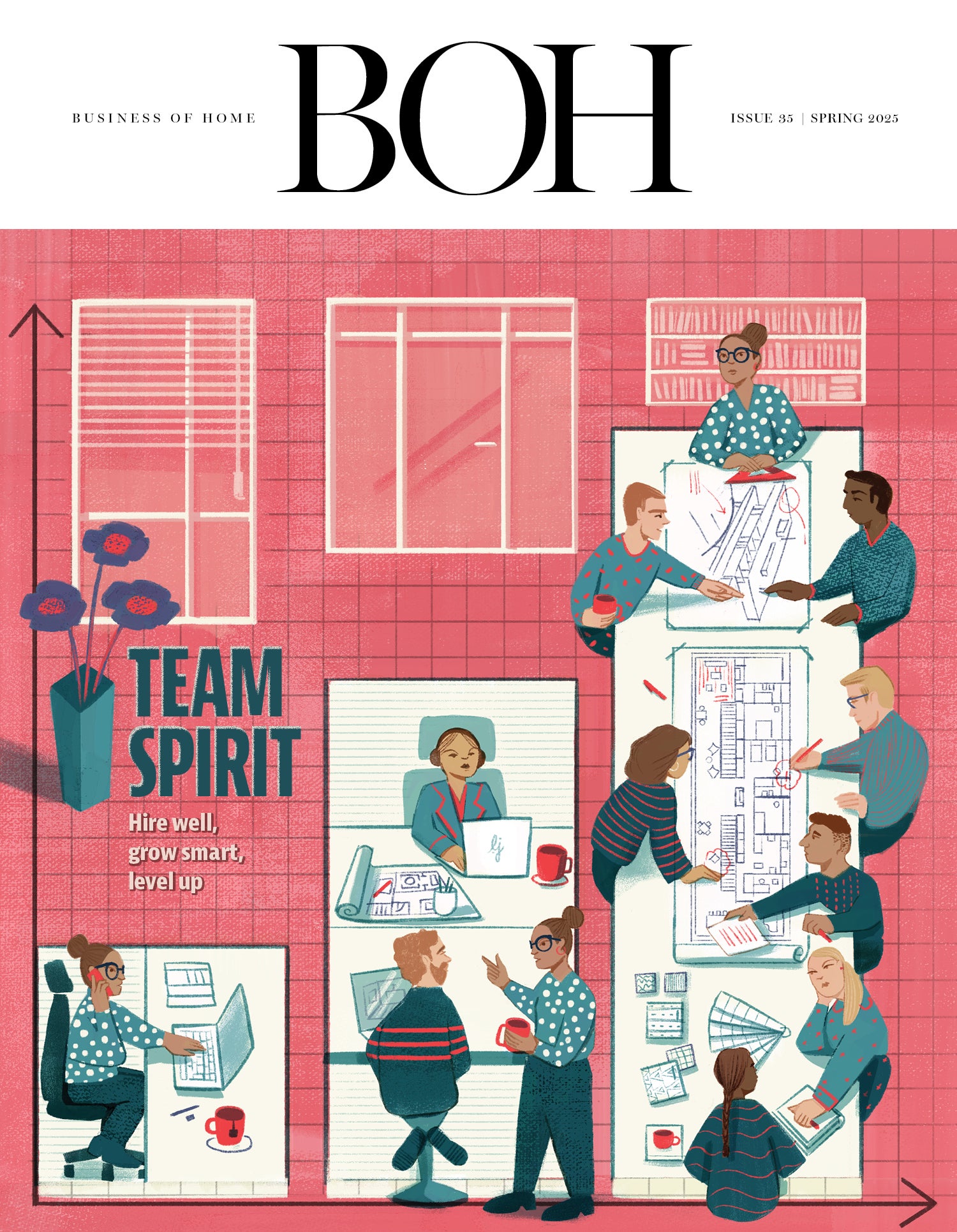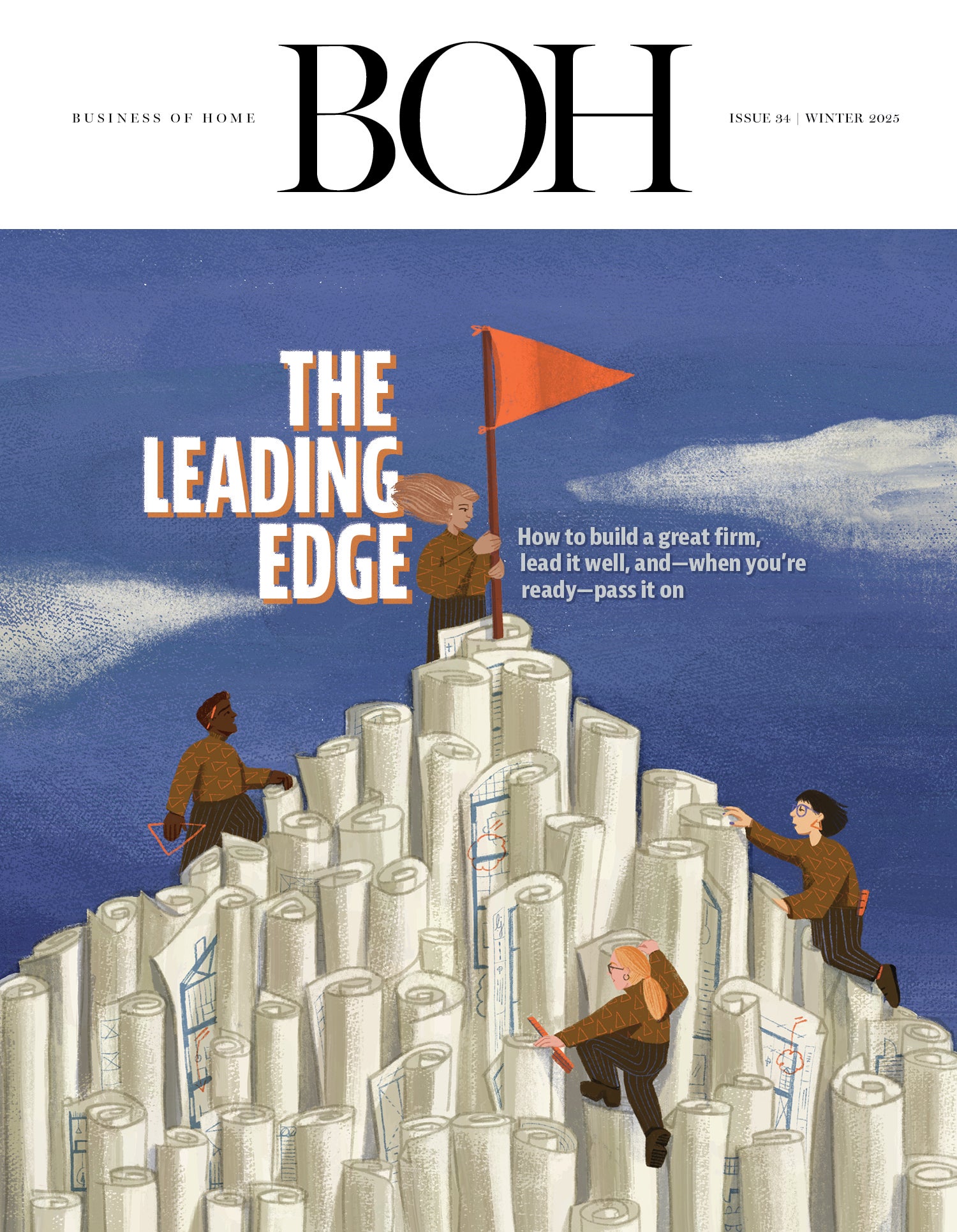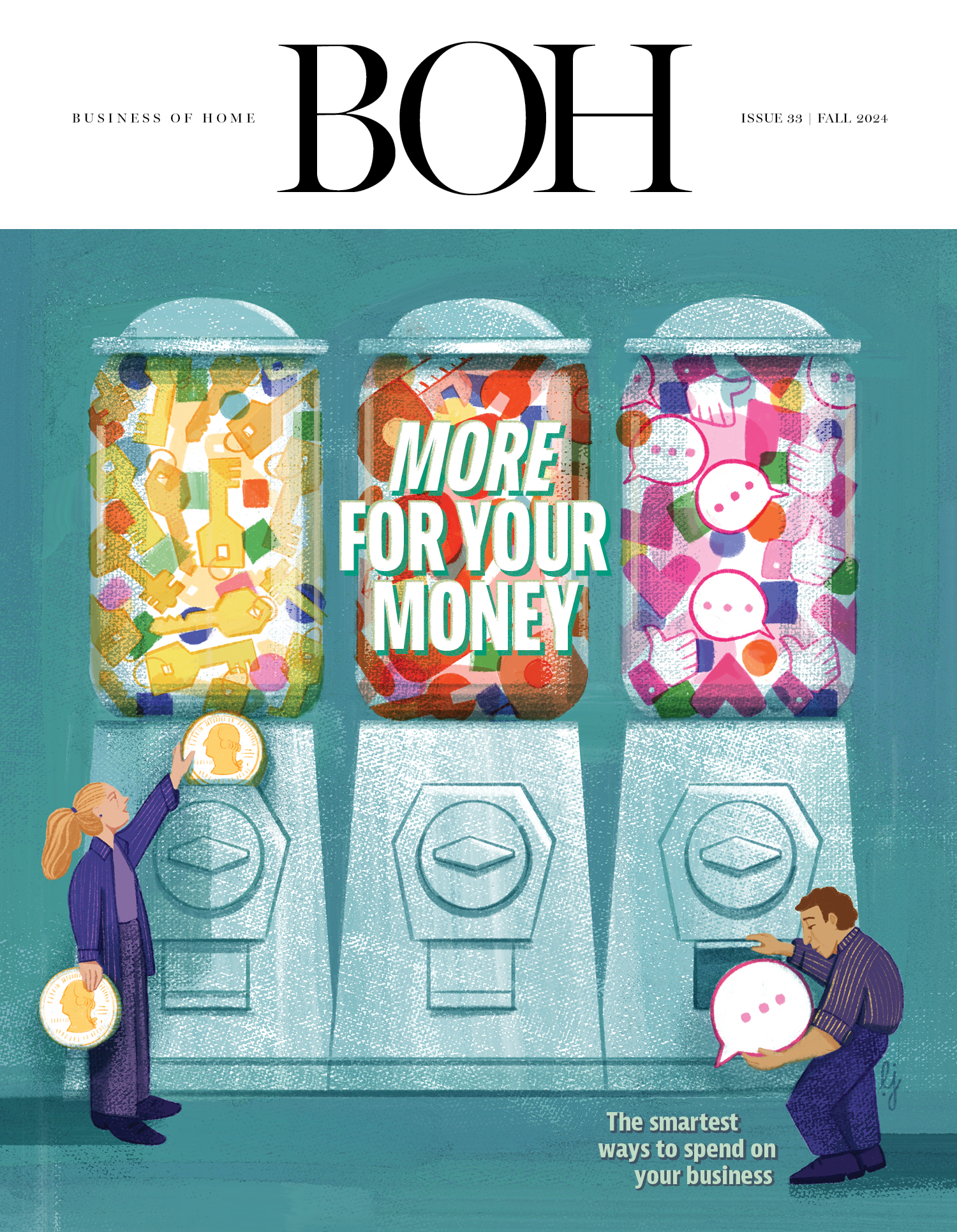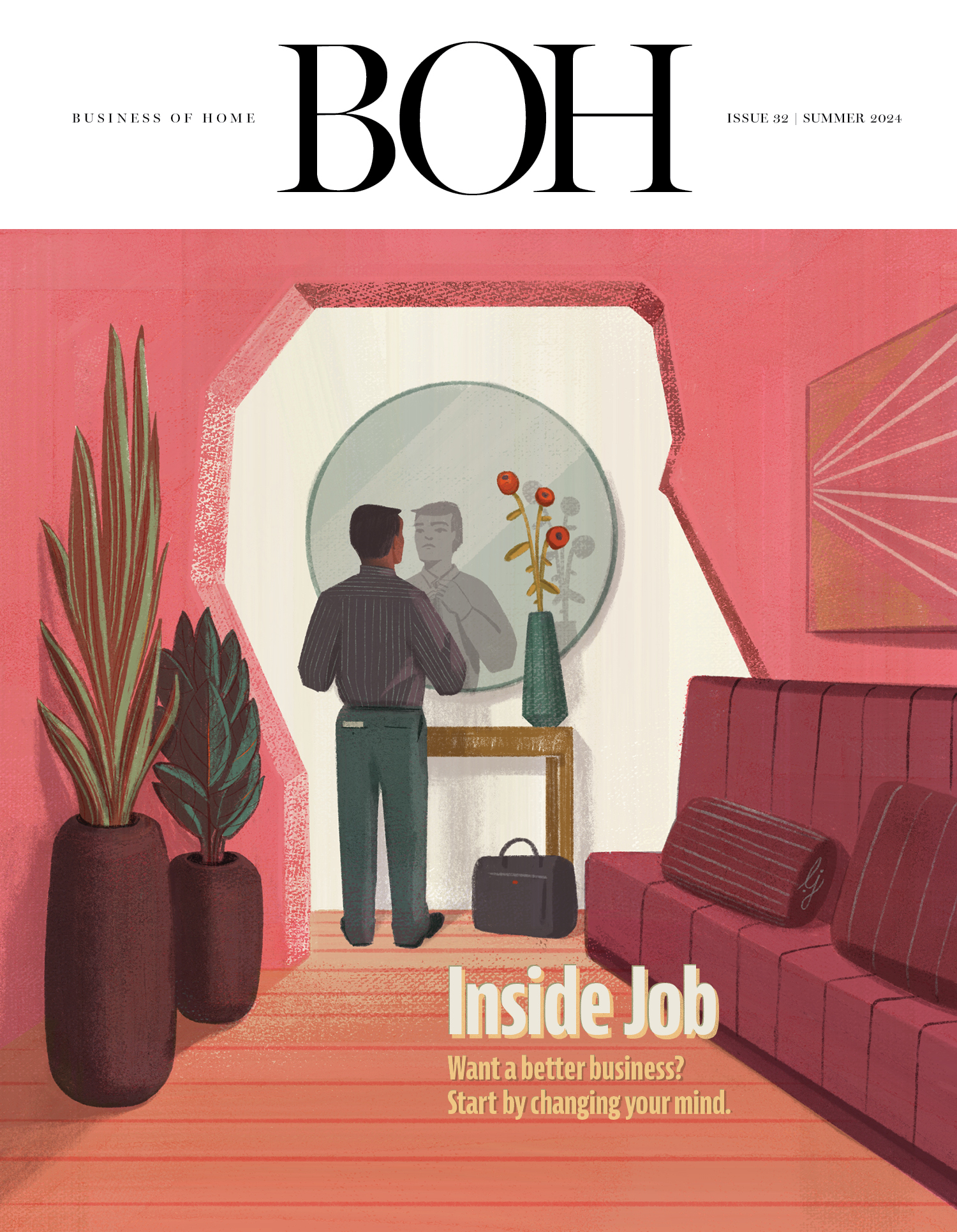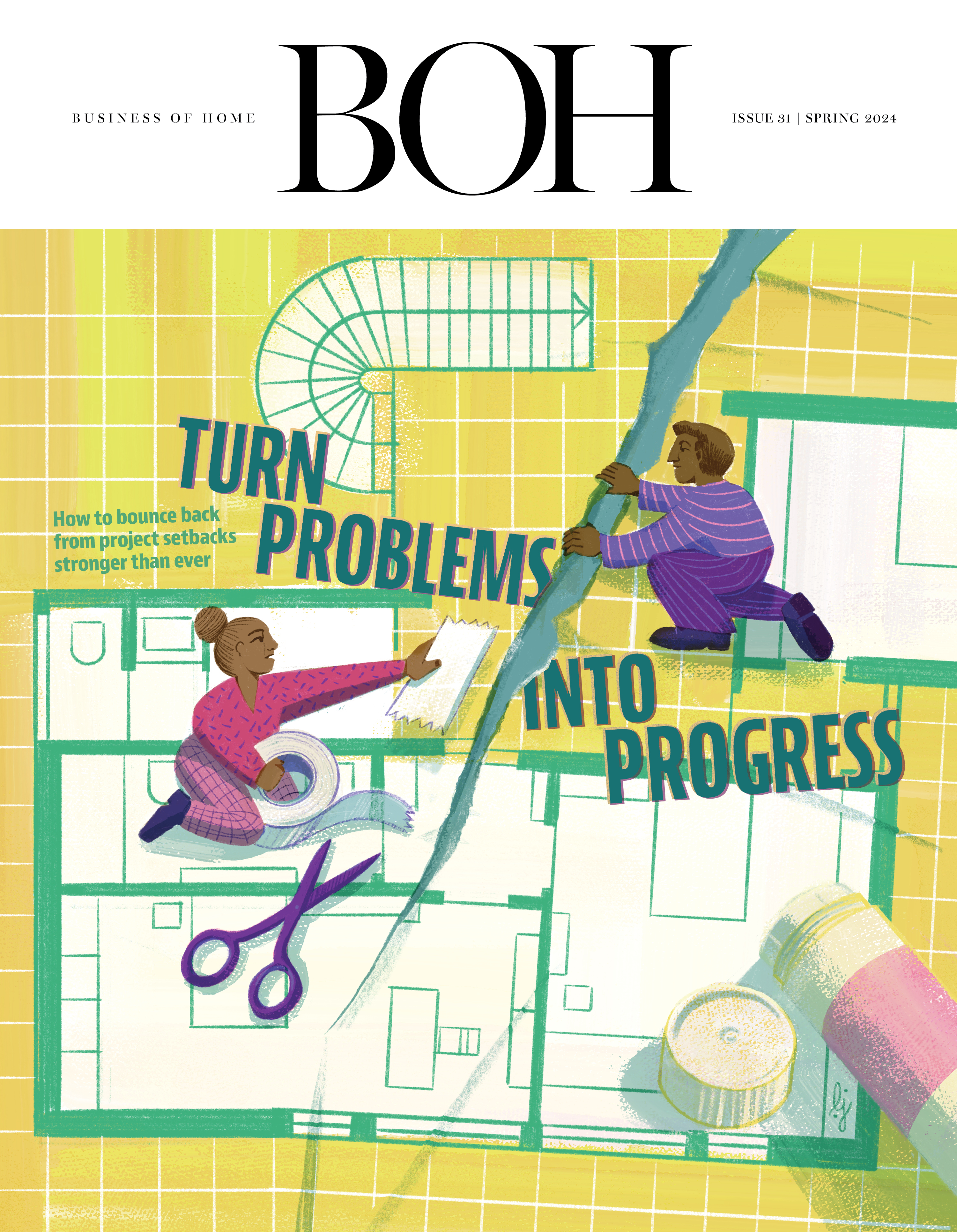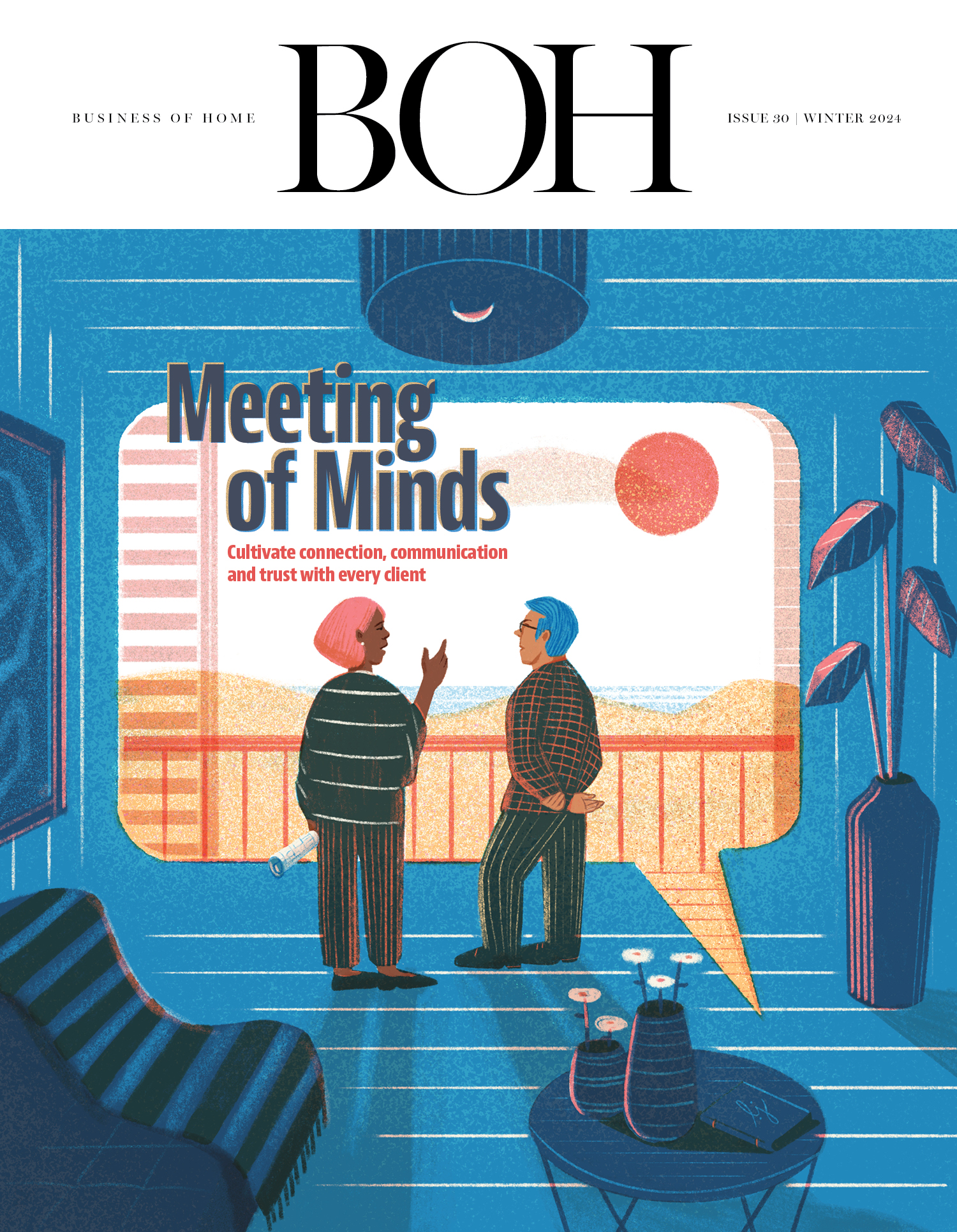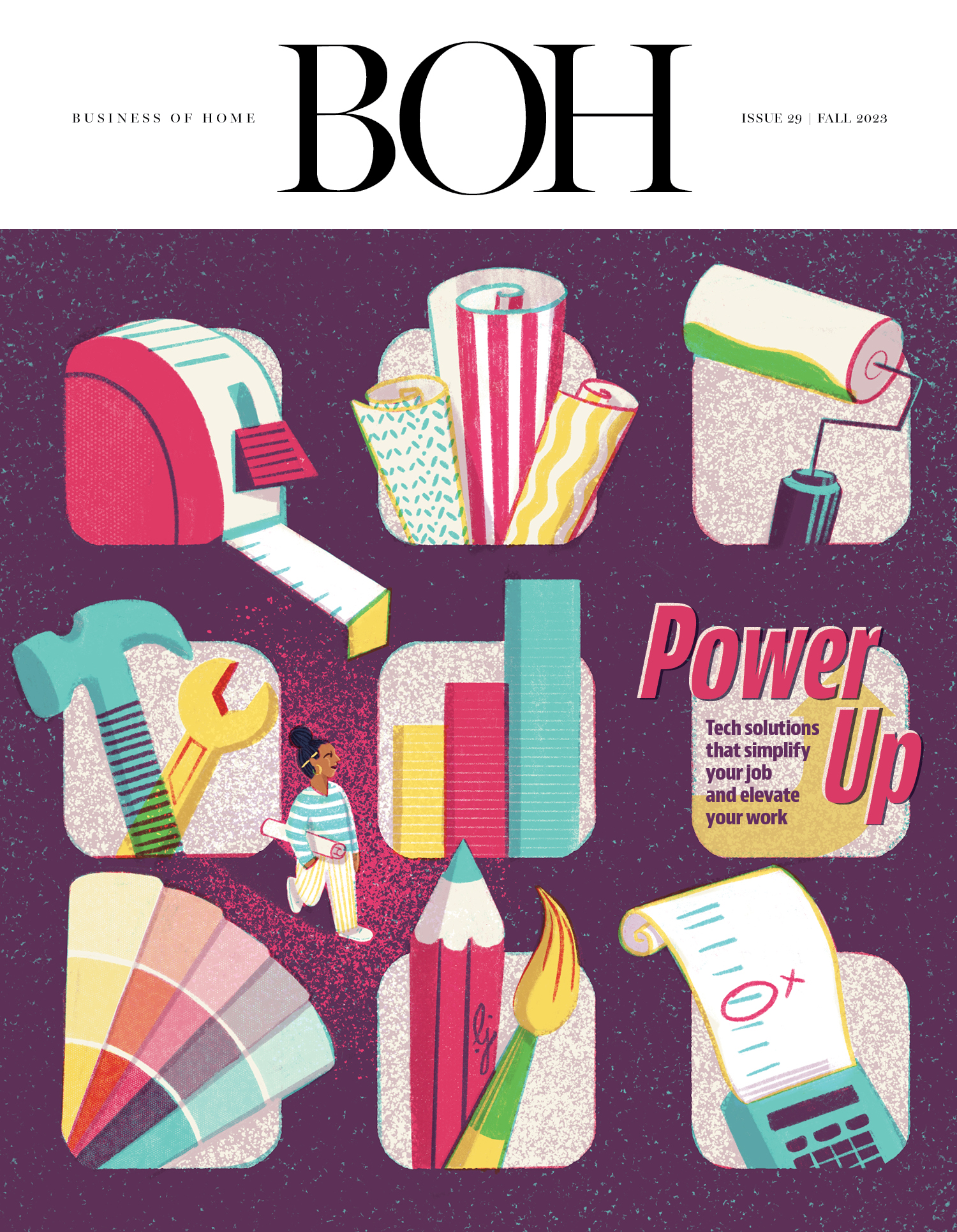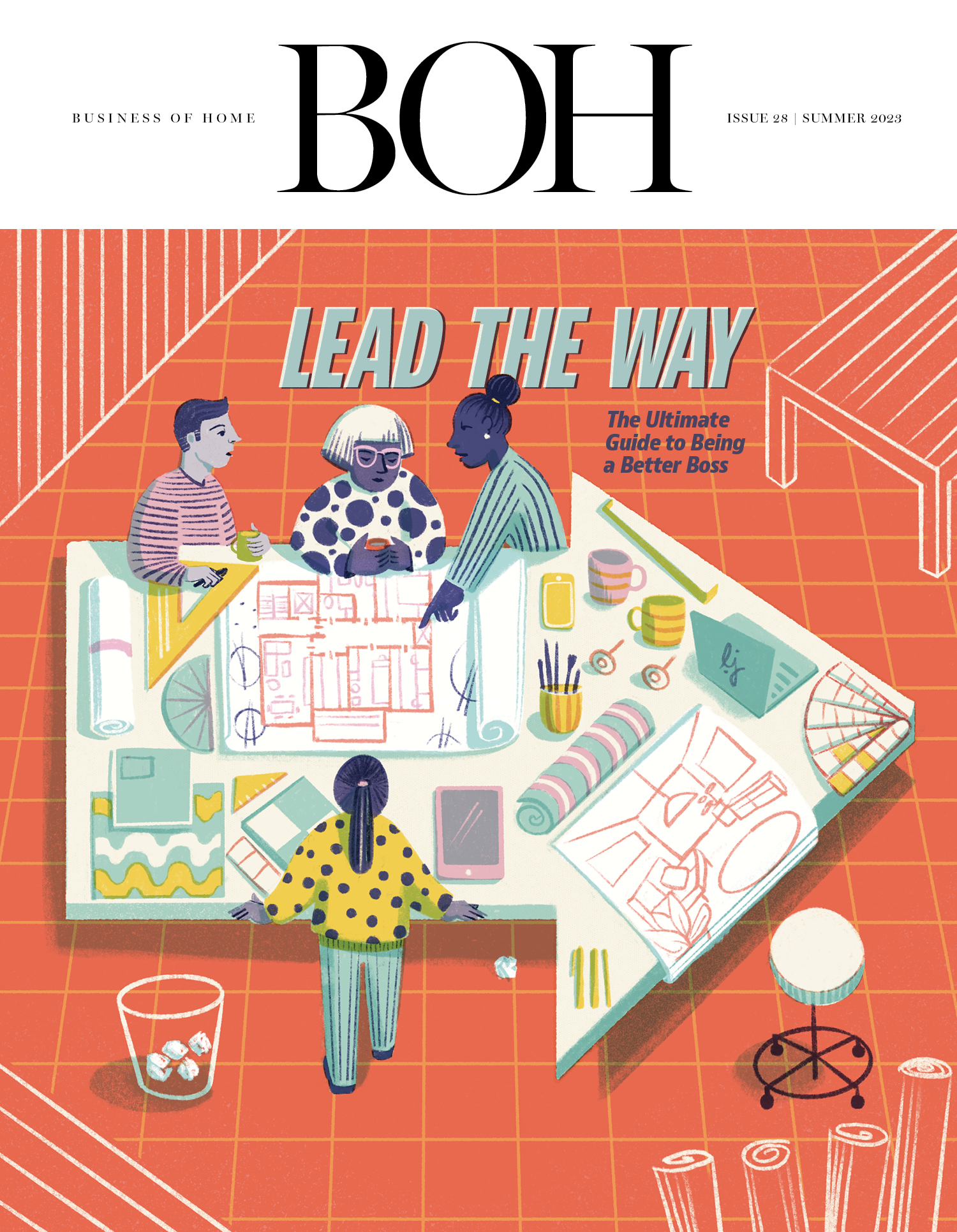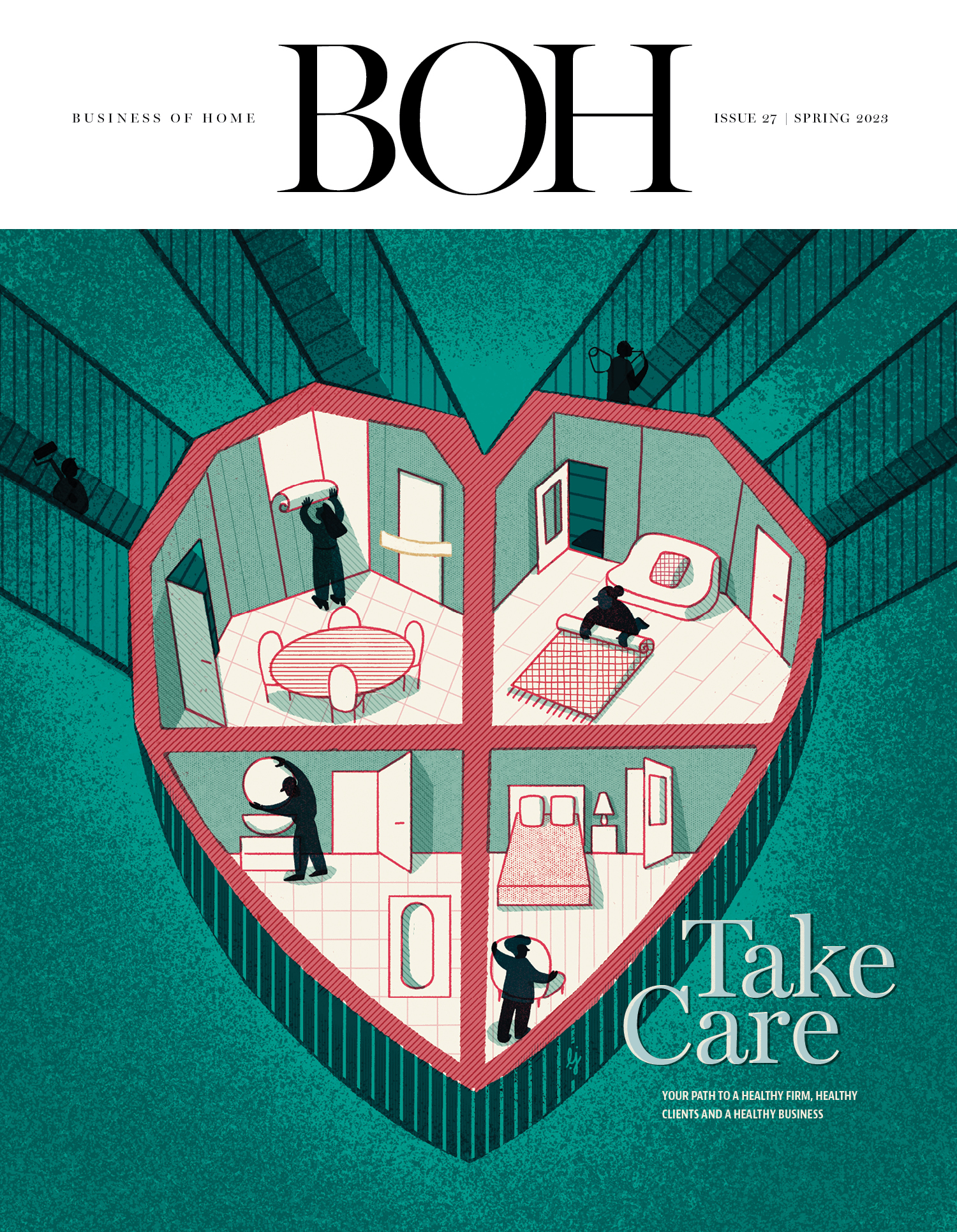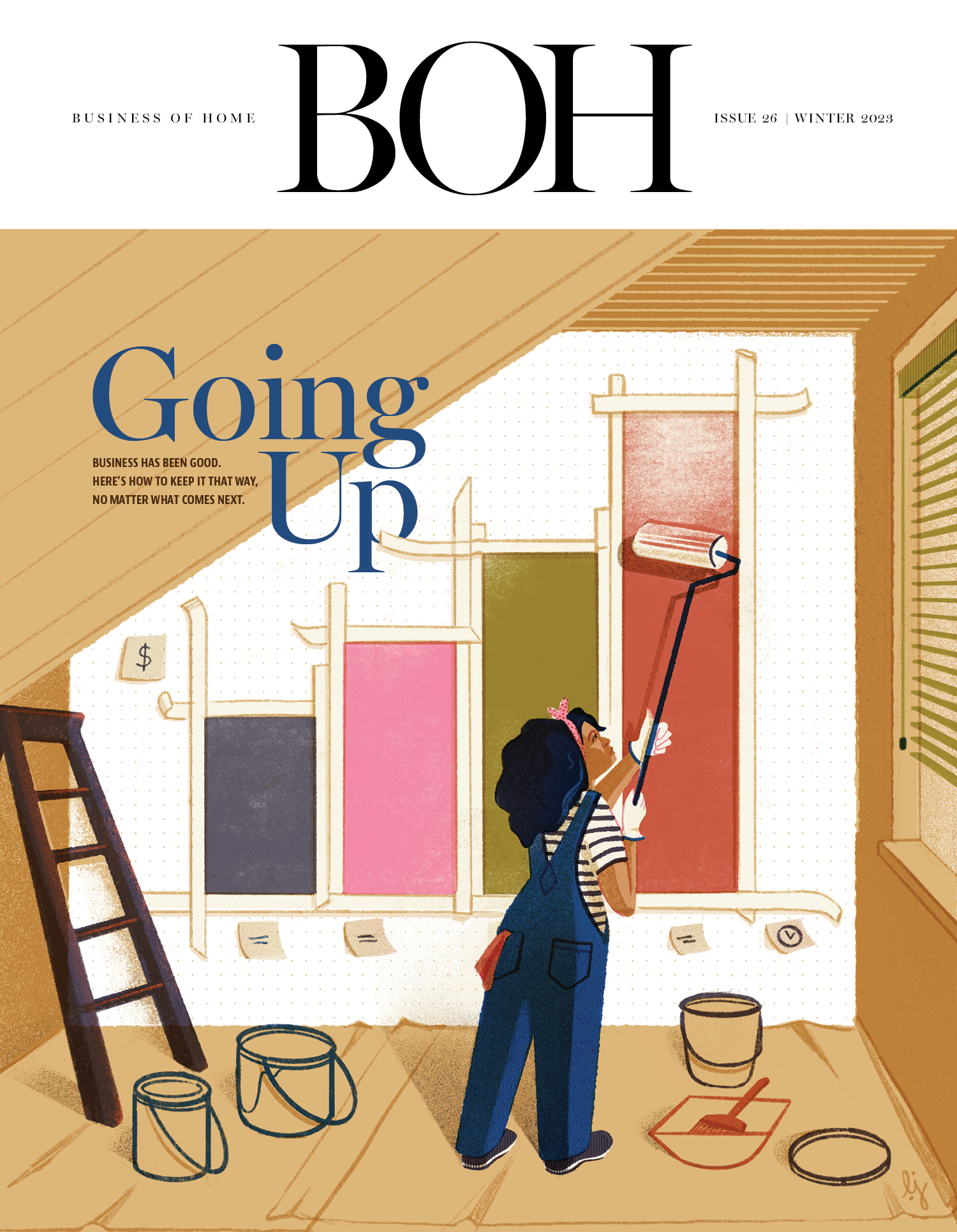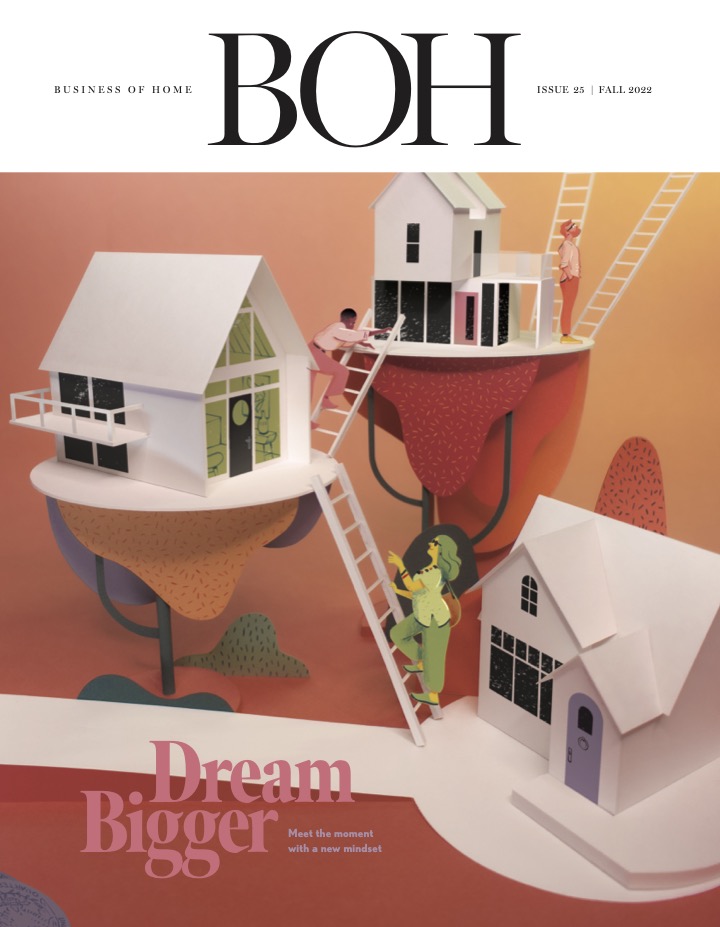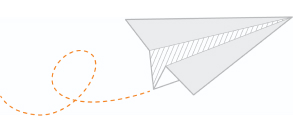There were old names at new places, a lot of talk about cotton, and all kinds of market share manipulations. But most of all, it was about one thing: tariffs.
At the just-completed New York Home Textiles Market, where the home textiles industry meets each spring and fall to buy and sell its products, the pattern and the patter were very much in alignment with all of the industry shows that preceded it this summer. Everyone was trying to navigate the treacherous tariff waters and figure out how to do business (stay in business might be more like it) given the slings and arrows of the current landscape.
For home textiles products like bedding, bath towels, rugs and windowcoverings, the political climate is especially hazardous. As much as two-thirds of all merchandise in those categories sold in the U.S. comes from two countries that have been slammed with some of the highest tariff rates in the world: China, at 30 percent, and India, at 50 percent.
The stakes are high for all parties. After spending much of the summer nervously watching their import duties climb up into triple digits, companies bringing product in from China seemed to relish the fact that they had unexpectedly landed at a lower rate than India, the supposed up-and-comer. What had seemed to be the start of an exodus of sourcing out of the country—which has been supplying as much as 40 percent of all home textiles goods to the U.S.—has instead turned into a status quo of importers sitting tight and laying low.
India, meanwhile, supplies more than 20 percent of U.S.-sold soft home goods. Importers were reeling from its unexpected hit, especially given the widespread assumption that the bromance between President Donald Trump and Prime Minister Narendra Modi would preclude such measures. Indian-based suppliers talked hopefully about a coming reset of the 50 percent rate sometime in the next six to eight weeks, but had to admit they didn’t have any more reliable intel than when they were blindsided by the most recent tariff hike. The expectation—however unsupported—is that rates will go down to around 20 percent, which would put them in line with those for Pakistan, the third-largest home textiles supplier to the U.S. market.
Pakistan, for its part, was taking in the current landscape, hoping its lower tariff rate versus its two biggest competitors would position it for market share gains. It even brought its ambassador to the U.S., Rizwan Saeed Sheikh, up from D.C. to the market to encourage importers and buyers to do more business with the country’s vendors. “Given the recent cast of the dice, there is opportunity for Pakistan as a major supplier—and for the buyers,” he explained. “We can fill the gap not only in quantitative terms but also qualitative terms.”
When conversations at the four-day market—which is really a loose collection of individual buildings and showrooms scattered around Fifth Avenue mainly in the upper 20s and lower 30s, rather than a cohesive show like furniture or housewares events—did eventually move on from tariffs, there was other news to digest. Revman, the well-known home of such branded goods as Calvin Klein and Laura Ashley, debuted its Martha Stewart collection, a full-scale program that marks Stewart’s latest appearance in the home textiles space.
Another brand that has been around for decades also had a new home as Indo Count, the big Indian resource, rolled out its first complete Wamsutta assortment, after purchasing the brand from its previous owner, Beyond Inc., last year.
There was also much talk about cotton, which is currently selling at some of the lowest prices in recent memory as China continues to pull back on buying American cotton, creating an oversupply. This too is driven by politics as much as anything, a byproduct of the simmering trade tension between the world’s largest economies.
Indeed, politics rather than color trends, packaging and the latest in design, was the driving force for much of what went on during home textiles market week. Retailers and buyers spent much of their time grappling with political ramifications instead of thread counts. At least the weather was gorgeous.
____________
Warren Shoulberg is the former editor in chief for several leading B2B publications. He has been a guest lecturer at the Columbia University Graduate School of Business; received honors from the International Furnishings and Design Association and the Fashion Institute of Technology; and been cited by The Wall Street Journal, The New York Times, The Washington Post, CNN and other media as a leading industry expert. His Retail Watch columns offer deep industry insights on major markets and product categories.




